The Moon Is Shrinking And Causing Dangerous Moonquakes
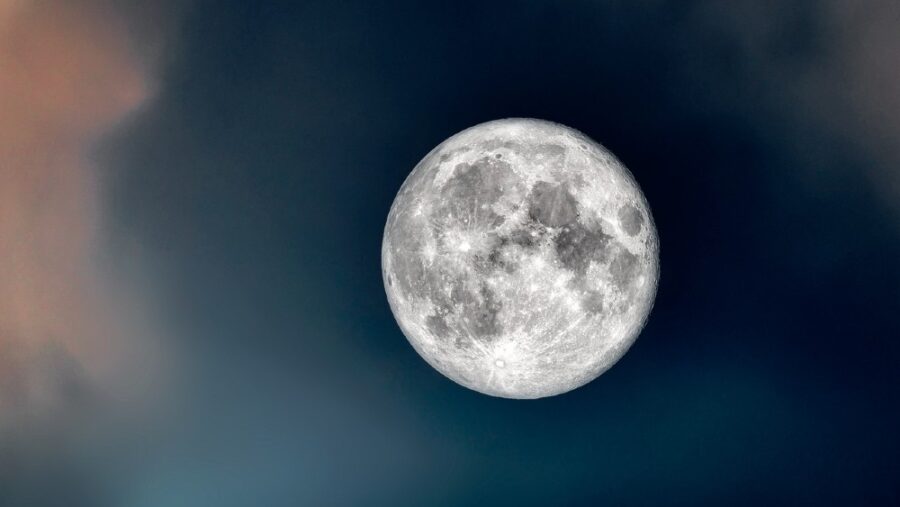
We normally don’t consider the moon a source of extraterrestrial danger. Comets—yes; but the lunar body—not so much. However, a recent study revealed that, contrary to what we might observe with the naked eye, our closest neighbor in the solar system is shrinking, albeit slowly. While this shrinkage might not pose an immediate danger to us on Earth, it does lead to moonquakes, fault lines on the lunar surface that can seriously problematize future landing sites for NASA missions.
How We Know
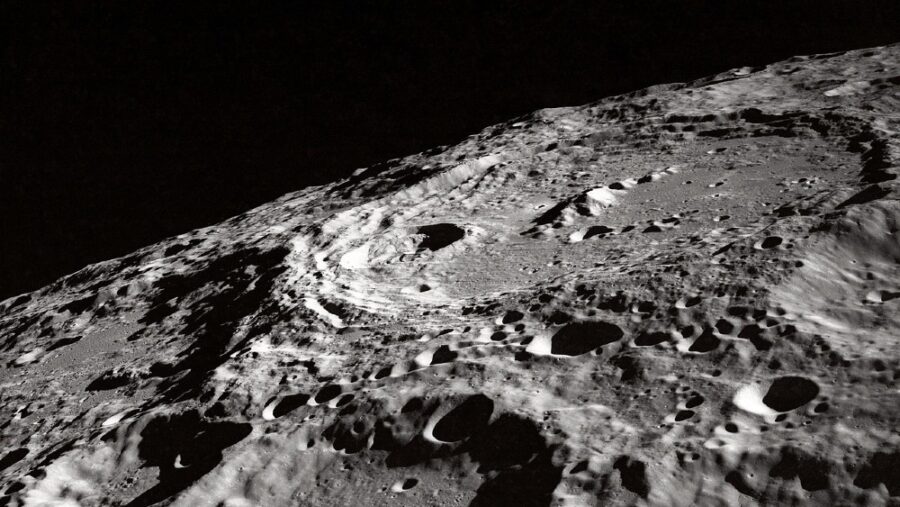
This miniaturization of the moon has been observed by scientists at the University of Maryland, including Nicholas Schmerr. He reports that, over the last several hundred million years, the lunar body’s circumference reduced by around 150 feet. Of course, the shrinkage, resulting from cooling at La Luna’s core, has been subtle and incredibly gradual.
For his part, Schmerr assures the reduction won’t have much effect on our planet, particularly when it comes to eclipses, full moons, and tidal cycles. In fact, though it shrinks, the moon’s mass remains unchanged—meaning tidal effects will maintain stability.
Potential Serious Consequences For Space Travel
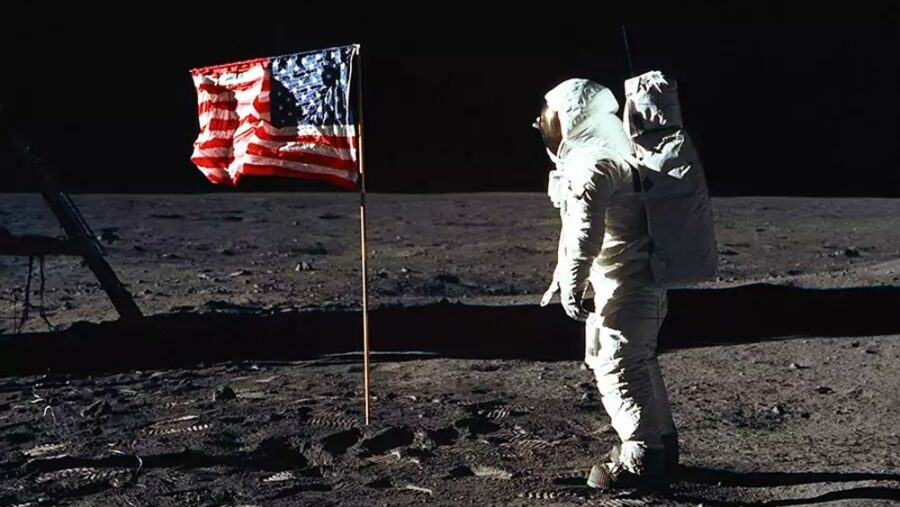
Before you sigh in relief and assume we’re avoiding a sci-fi horror scenario, consider the moonquakes nonetheless entailed by the lunar shrinking. The fault lines—as in, the San Andreas fault—eventuating from the lunar contraction can seriously impede our species’ ambitions for exploring the celestial object.
Tom Watters, a scientist emeritus at the Smithsonian Institution and the study’s lead, opined that the uptick in lunar activity must be incorporated into any plans for lunar landings, whether by rovers or human-led expeditions.
Artemis Is In Danger
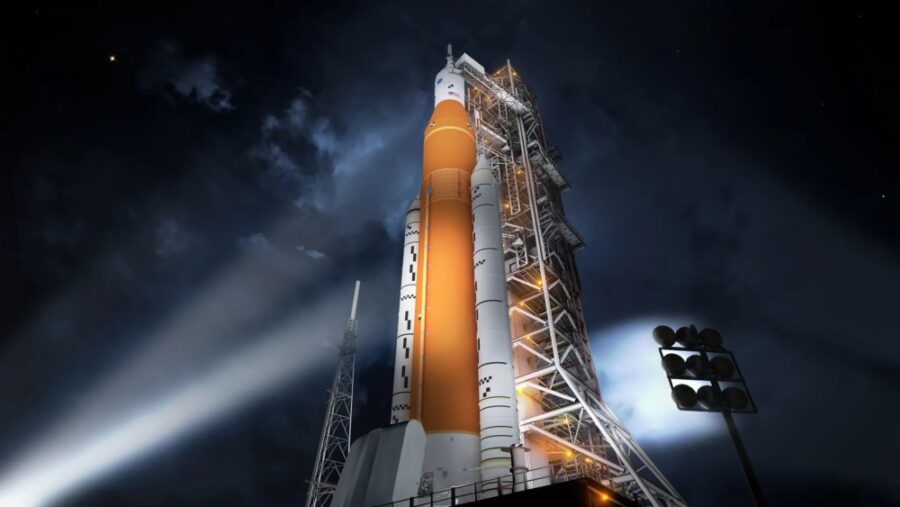
NASA’s upcoming Artemis III missions might be unable to settle on their proposed and preferred spot, the south polar region, due to the subtle lunar shrinking.
The geographic area of particular importance to the study is the moon’s south pole mentioned above. All things being equal, NASA intends to land its future Artemis missions in this extreme southward location. Unfortunately, data from Apollo missions indicated that the strongest moonquake ever recorded took place—you guessed it—precariously close to this region.
Worse, the quakes could trigger landslides, endangering landing sites, rovers, and even astronauts (of course, the idea of a landslide on the moon irresistibly inspires action sci-fi movie ideas).
Moonquakes Are More Severe Than Earthquakes
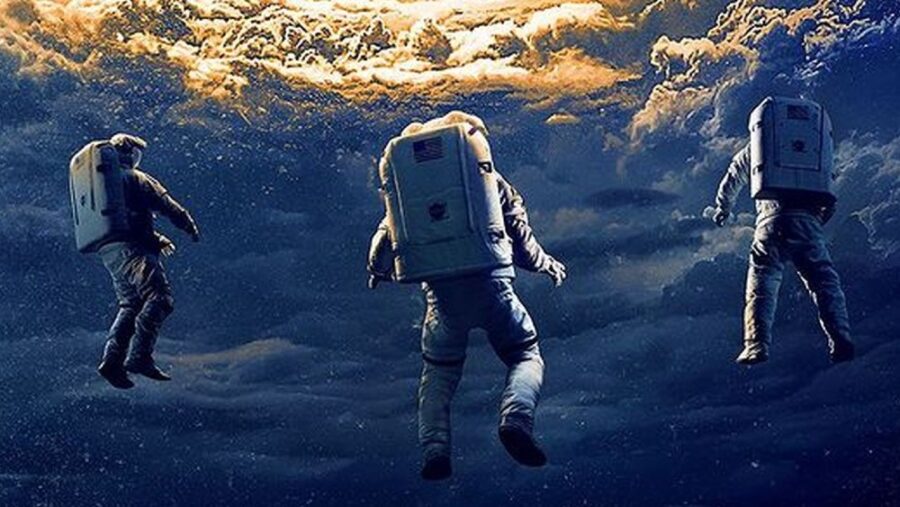
Indeed, moonquakes represent a unique and pesky challenge. Because the moon features a significantly lower gravitational pull, a quake that might feel minor here on Earth would be substantially more intense on the nearby celestial body. Additionally, while earthquakes on Earth usually, thankfully only last a few minutes, moonquakes can persist for hours on end.
Both the longevity and intensity could pose severe risks to astronauts and equipment on the lunar surface.
It Isn’t The End Of The World, Or The Moon

However, short-term ventures such as the upcoming Artemis missions will probably not encounter severe moonquakes. Nonetheless, the probability of experiencing a moonquake becomes worrisome when considering plans for long-term outposts on the moon.
In light of this news, NASA and any private space travel companies (we’re looking at you, Elon Musk and Jeff Bezos) need to factor in moonquakes when preparing for these outposts and missions to the lunar surface.
Ultimately, while the moon captures our imagination as much as ever, it also starkly reminds us that celestial bodies are as dynamic and ever-changing as our own planet.
Source: EurekAlert












